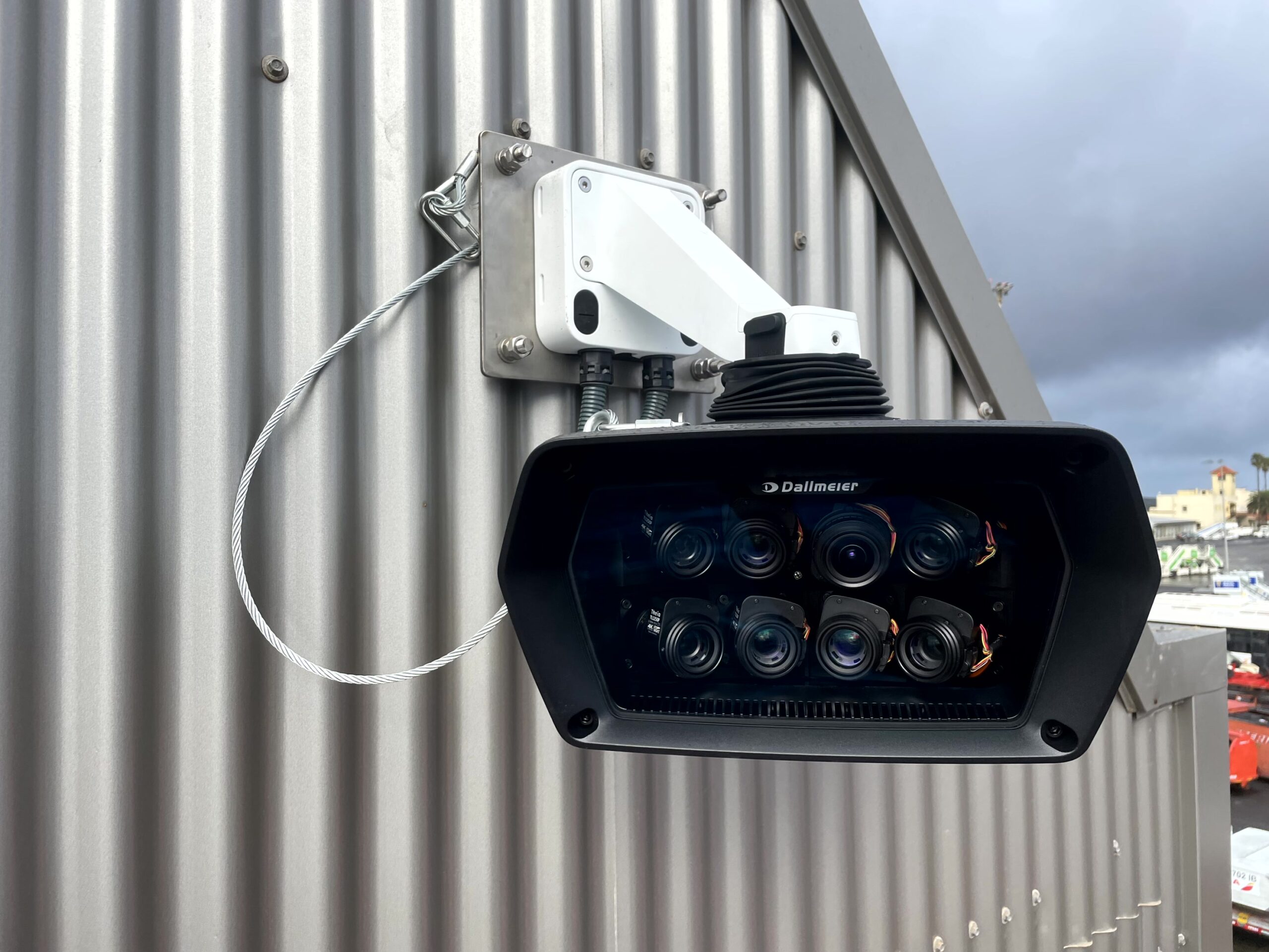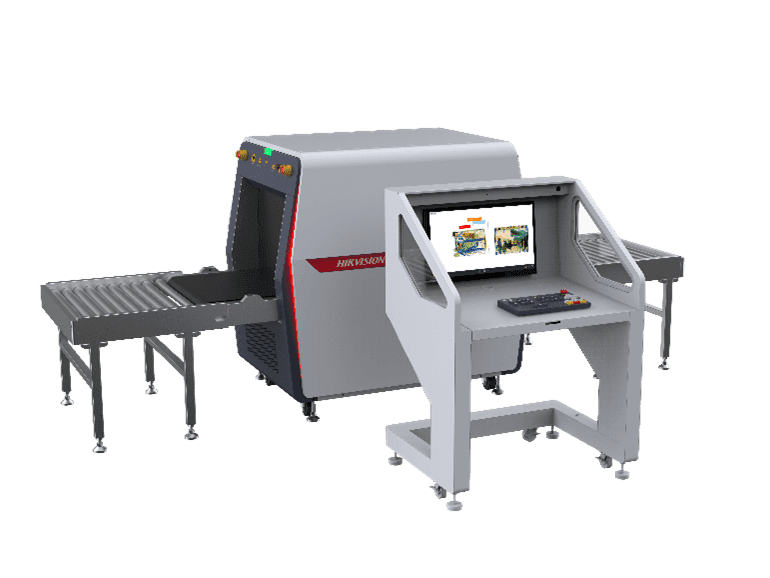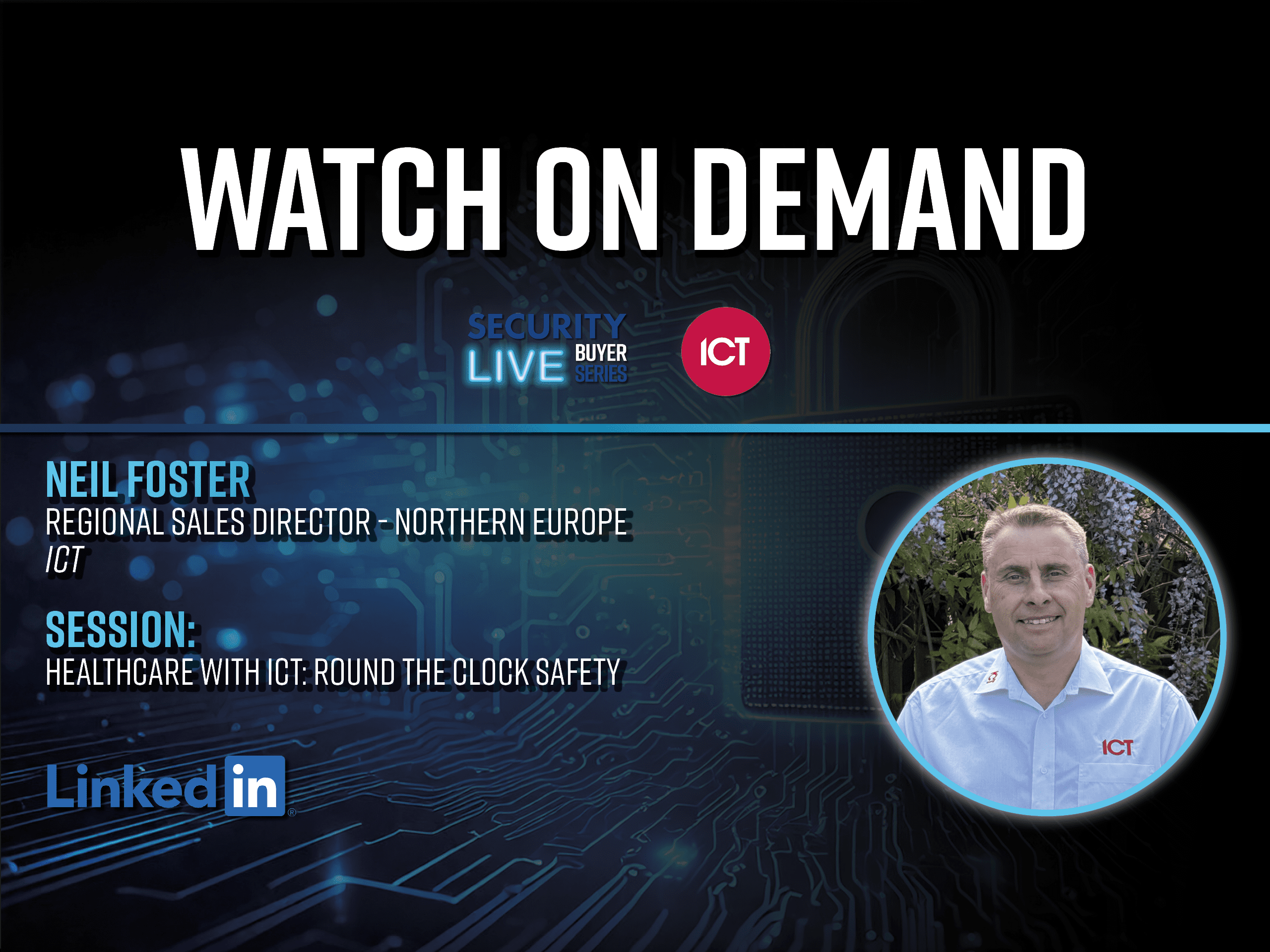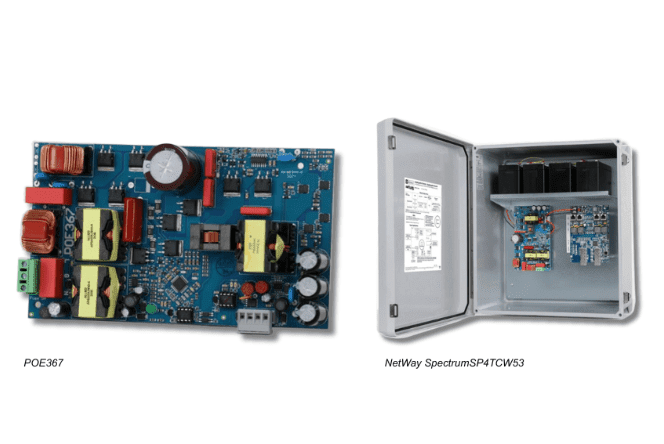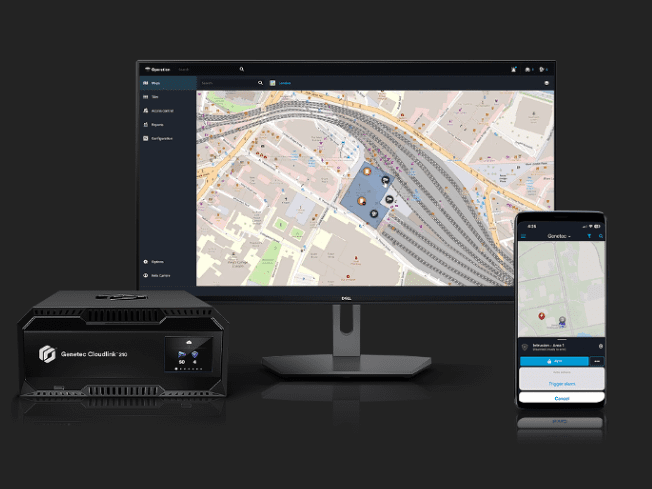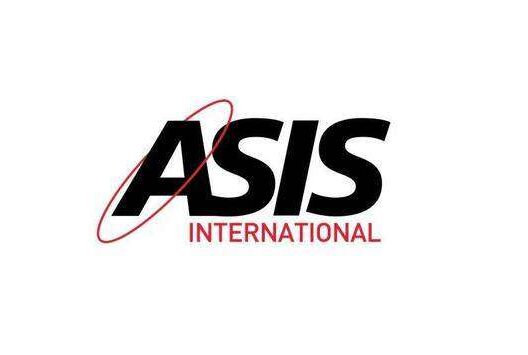Sertan Selcuk is the VP of OPSWAT in the Middle East, Turkey, Africa, and Pakistan (METAP) region talks to Rebecca Spayne of Security Buyer about OT and IT security trends.
As we are talking trends and challenges, in your opinion, what are the most promising emerging technologies in OT and IT security and how are they shaping the future of security?
Compliance mandates and government regulations are driving the need for comprehensive security measures across all sectors, with technology playing a crucial role in understanding country of origin to adhere to regional limitations. AI in cybersecurity applications is revolutionizing threat detection and response capabilities, particularly with sandbox technologies. Additionally, as organizations accelerate their digital transformation efforts, there’s a simultaneous need to strengthen critical infrastructure against emerging threats. Heightened attention to supply chain risk management, including regional limitations on suppliers, will be vital in safeguarding against cyber threats. Lastly, the evolution of zero-trust principles will persist, emphasizing more practical implementation and enforcement strategies to enhance security posture. These trends and technologies collectively represent a significant shift in how organizations approach and mitigate security risks in both OT and IT environments.
How is the integration of AI and machine learning transforming the capabilities of OT and IT security?
The integration of artificial intelligence (AI) and machine learning (ML) is impacting the landscape of both IT and OT security, providing advanced capabilities that enhance the detection, analysis, and mitigation of threats.
When it comes to IT security, particularly in email security, ML-driven controls are pivotal. These systems deploy sophisticated algorithms to meticulously examine emails, identifying and mitigating threats effectively. Techniques such as dynamic analysis enable the secure testing of suspicious files, while similarity searches utilize extensive threat intelligence databases, like OPSWAT’s, to identify known malicious patterns. By analyzing over 300 features, ML-powered similarity searches can detect and neutralize threats. This comprehensive approach ensures that even the most intricate and concealed threats are identified and addressed promptly.
OT security, on the other hand, can benefit from ML through the detection of anomalous behaviors within network environments. Machine learning mechanisms in OT security solutions, such as those employed by OPSWAT’s MetaDefender OT Security, analyze network data from various assets during a learning phase. This phase helps establish a baseline of normal operations, which is continuously refined either manually or through automated responses to alerts. By incorporating signature-based detection and heuristic rules, these systems can detect deviations from the norm that may indicate potential security incidents.
The fusion of AI and ML across OT and IT security domains leads to several transformative capabilities, including enhanced threat detection, real-time analysis and response to reduce time between detection and mitigation, adaptive learning, and reduction of false positives, and providing a holistic view of digital and physical assets.
With the increasing use of analytics, how can the industry balance the need for security with concerns about privacy and data protection?
With the increasing use of analytics, the industry can balance the need for security with concerns about privacy and data protection by implementing Data Loss Prevention (DLP) technologies and leveraging secure network transfers. DLP systems can control the transfer of sensitive information, ensuring that it is not inadvertently or maliciously sent outside the organization. They also classify and protect data based on its sensitivity, applying appropriate security measures to safeguard it.
When pulling analytics from OT environments, the use of secure network transfers, such as through data diodes, can be beneficial. Data diodes create a one-way data transfer path that prevents any potential cyber threats from entering the OT environment, ensuring that data can be analyzed securely without compromising the integrity of the operational systems.
While these are just a few examples of balancing the need for security with concerns around privacy, organizations should also look at how they are complying with industry and regional regulations.
What are the unique challenges faced in deploying large-scale OT and IT security in urban areas or critical infrastructure?
There are several challenges when deploying large-scale OT and IT security programs due to complex networks and the critical nature of these systems. One significant issue is the integration of OT and IT systems, which often use different protocols and standards, making interoperability challenging. Additionally, many OT systems are legacy systems that were not designed with security in mind, creating vulnerabilities when connected to outside networks. This situation is compounded by the fact that many of these legacy and proprietary systems use outdated software and hardware with unpatched vulnerabilities, thereby expanding the attack surface in these interconnected infrastructures.
Real-time requirements further complicate the deployment of security measures. OT systems, especially in critical infrastructure like power grids and transportation systems, demand low latency and high availability. Security measures must therefore be implemented without disrupting the continuous and reliable operation of these systems, and there must be a careful balance between security and operational efficiency. The involvement of multiple stakeholders, including government agencies, private companies, and public utilities, each with different priorities and security practices, adds another layer of complexity. Ensuring regulatory compliance across domains further complicates the governance of these systems.
Urban infrastructure is a high-value target for advanced threats, including APTs and nation-state actors, requiring comprehensive, prevention-based security measures. Insider threats from employees or contractors with access to critical systems are also a significant concern. Scalability and flexibility of security solutions are essential as urban infrastructure grows and technology evolves, requiring adaptability to new threats and technological advancements. Resource constraints, such as budget limitations and a shortage of skilled cybersecurity professionals, further challenge the deployment of effective security measures.
Achieving comprehensive monitoring and visibility into both IT and OT environments is vital for detecting and responding to threats. Managing the large volumes of data generated by monitoring systems and extracting actionable insights is a complex task. Additionally, supply chain security is critical to ensure third-party vendors and their products do not introduce vulnerabilities into the infrastructure.
Addressing all these challenges requires a multi-faceted approach that includes advanced, technology, comprehensive policies, collaboration between IT and OT teams, and continuous testing and improvement of security practices.
How is the Internet of Things (IoT) influencing the development of OT and IT security?
The rapid expansion of the Internet of Things (IoT) is fundamentally reshaping the landscape of Operational Technology (OT) and Information Technology (IT) security. With an ever-growing network of interconnected devices, we face heightened security challenges such as an expanded attack surface, the convergence of OT and IT networks, and the complexities of managing diverse IoT endpoints. It is imperative to ensure data integrity, privacy, and regulatory compliance, driving the demand for integrated and adaptive security solutions capable of seamlessly safeguarding both OT and IT environments.
What are the pros and cons of cloud-based IT security compared to traditional on-premise solutions?
The pros of cloud-based IT security solutions typically offer better scalability, accessibility, maintenance, and availability of data. On the other hand, cloud-based solutions rely on internet access and can create concerns around data privacy and control.
When looking at on-prem solutions, organizations can have full control over the IT environment to meet specifical security needs and compliance, and on-prem can potentially offer lower latency and higher performance. However, on-prem can be more costly, present challenges with scalability and reliance on in-house teams to manage updates and patches.
In what ways is the security industry adapting to incorporate more sustainable and environmentally friendly practices, particularly in OT and IT security?
The security industry is embracing sustainability and eco-friendliness in both OT and IT security practices. One significant area of focus is the adoption of energy-efficient technologies and solutions. This includes optimizing data centers for energy efficiency, utilizing renewable energy sources like solar or wind power to power security infrastructures, and implementing green computing practices such as virtualization and energy-efficient hardware.
Moreover, there’s a growing emphasis on sustainable manufacturing processes within the industry. This involves using recycled materials for product manufacturing, designing products with longevity and recyclability in mind, and reducing waste throughout the production cycle. By adopting these practices, security companies are not only reducing their environmental impact but also contributing to the circular economy and promoting sustainable resource management.
Additionally, the shift towards remote work and digital solutions has played a role in promoting sustainability. Remote work reduces the need for commuting, leading to fewer emissions from transportation. Digital solutions, such as electronic documentation and cloud-based platforms, reduce paper usage and waste generation.
Overall, the security industry’s commitment to incorporating sustainable and environmentally friendly practices is evident in various initiatives aimed at reducing energy consumption, minimizing waste, and promoting a greener approach to security operations.
Lastly, what are your predictions for the next major innovation in OT and IT security
I anticipate that the next major innovation in OT and IT security will likely focus on improving automation and response capabilities. We’re seeing a growing need for solutions that can quickly detect and respond to threats in real-time, especially with the increasing complexity and frequency of cyberattacks. This could involve advancements in AI-driven threat detection, automated incident response workflows, and more sophisticated authentication and access control mechanisms, possibly leveraging concepts like zero-trust architecture. Additionally, with the continued migration towards cloud-based environments, innovations in cloud security and data protection will remain a priority. Overall, I expect the next wave of innovations to be centered around enhancing security operations’ efficiency and effectiveness in addressing emerging threats.
Read the full article for free in our latest issue here.
Never miss a story… Follow us on:
Security Buyer
@SecurityBuyer
@Secbuyer
Media Contact
Rebecca Morpeth Spayne,
Editor, Security Portfolio
Tel: +44 (0) 1622 823 922
Email: [email protected]





